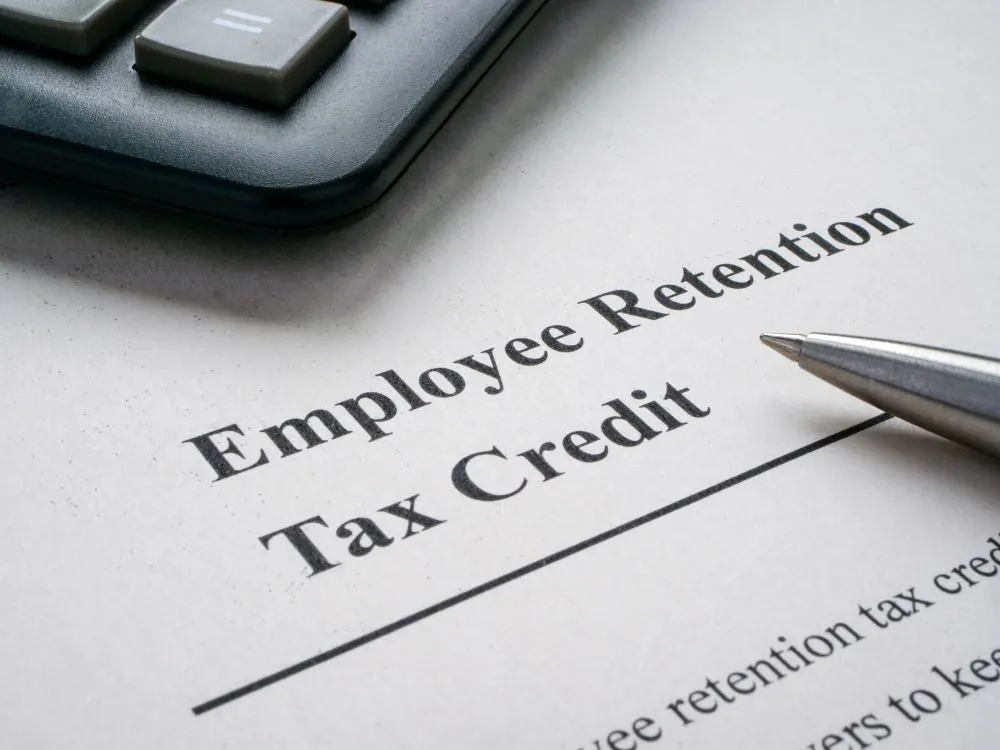

In the wake of the economic turmoil brought on by the global health crisis, the U.S. government
introduced several relief measures to support businesses. One of the most beneficial for employers has
been the Employee Retention Credit (ERC), a refundable tax credit designed to encourage businesses to
keep employees on their payroll during the challenging times of the COVID-19 pandemic. Understanding
how to claim this credit can provide significant financial relief and strategic advantages for businesses.
Here’s a comprehensive guide on how to leverage the ERC to your benefit.
What is the Employee Retention Credit?
The ERC was established under the CARES Act in March 2020 and has since been expanded and
extended through subsequent legislation. It offers a tax credit against employment taxes for qualified
wages paid to employees. Initially, the credit was for 50% of qualified wages up to $10,000 per
employee for 2020, which translates to a maximum credit of $5,000 per employee. For 2021, the credit
increased to 70% of qualified wages up to $7,000 per quarter, allowing for a potential credit of up to
$21,000 per employee for the year.
Eligibility Criteria
To claim the ERC, businesses must meet one of the following criteria:
- Government Order: Operations were fully or partially suspended due to a government order related
to the COVID-19 pandemic. - Gross Receipt: Experienced a significant decline in gross receipts during 2020 or 2021 compared to
the same quarter in 2019. - Recovery Startup Businesses: For the last two quarters of 2021, new businesses (started after
February 15, 2020) with average annual gross receipts of less than or equal to $1 million can claim the ERC.
How to Claim the ERC

- Determine Eligibility: First, assess if your business meets the eligibility criteria. This might require
reviewing your financial records or consulting with a tax professional who specializes in ERC. - Calculate the Credit: Compute the amount of credit you’re eligible for. This involves identifying
qualified wages, which can include health plan expenses, and applying the credit percentage. This is
complicated and should be done by a professional to get the optimal credit. - File Forms: It is important to file the forms that are needed to get the ERC approved. It requires and
amendment to 2021 payroll taxes as it is too late to claim 2020 based on the amendment time has
passed. - Consult Professionals: Given the complexity of tax laws and the potential for significant financial
benefits, consulting with tax professionals who are ERC specialists can ensure you maximize your credit while staying compliant.
Strategic Advantages
Cash Flow Improvement: The ERC provides cash flow relief, which can be crucial for businesses struggling with liquidity. Competitive Edge: Businesses that effectively utilize the ERC can gain a competitive advantage
by having more resources to invest in growth or recovery.
Future Planning: Understanding and claiming the ERC can inform future tax planning strategies,
especially in times of economic uncertainty.
Conclusion
The Employee Retention Credit represents a significant opportunity for businesses to recover from the
economic impacts of the COVID-19 crisis and is still available to file until April 2025. By understanding
the eligibility criteria, calculating the credit accurately, and maintaining proper documentation,
businesses can claim their share of tax credits. This not only provides financial relief but also positions
companies for a stronger recovery and future growth. As with any tax-related matter, due diligence and
possibly professional advice are key to navigating the ERC effectively.



